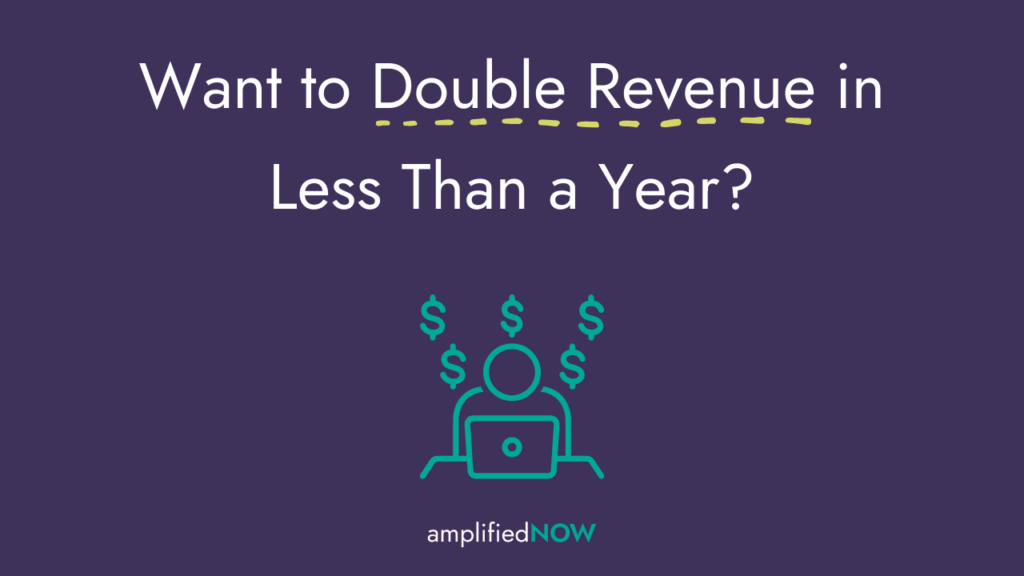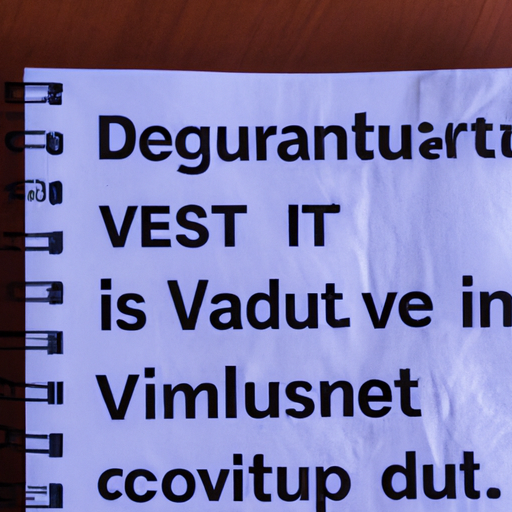Gamification Techniques to Boost Engagement
Looking to jazz up your digital engagement? Enter stage left, gamification. Try these super cool game-inspired techniques to light a fire under your engagement metrics.
And guess what? You don’t need to be a tech guru or a gaming master to pull this off—all you need is a dash of creativity and a sprinkle of fun.
Leaderboards: Let the Games Begin
No one can resist a friendly competition. Leaderboards are a great way to ignite that competitive spirit.
By showing users where they stand among their peers, you’re adding a dash of motivation to the user experience. Talk about some real gaming energy!
Points & Badges: Rewards Rock!
Don’t we all live for rewards? Points and badges are an awesome way to reward your users for their activity.
Offer points for tasks completed, badges for milestones reached, and watch engagement skyrocket. It’s like Pokémon—users gotta catch ’em all!
Challenges & Quests: Keep It Exciting
Task-related rewards? Sweet. But what about a full-blown quest?
Lay out a map, plant challenges along the path, and watch users embark on the adventure. Real Indiana Jones style.
- Weekly or monthly challenges
- Quests tied to product or service usage
These can keep users coming back for more, just like kids racing to the end of a scavenger hunt.
User Progress: Show ’em the Growth
A fundamental rule in gaming: show players how they’re leveling up! Reflect that in your user experience, and users will feel a sense of accomplishment.
Display their progress, milestones achieved, and more—they’ll stick around to unlock their full potential.
Achievement Unlocked: Apply These Now
Done correctly, gamification can be a game-changer for user engagement. So, grab your game face—and let’s do this!
Still stuck? Check out Gamified UK or Gamification Universe for more ideas. Happy gaming!
Headstart: Incorporating Gamification
Now that you’re familiar with the concept of gamification and its benefits, let’s dive into how you can incorporate it into your user experience. Here are some elements you might want to consider:
Loyalty programs: Familiarity wins
Loyalty programs are like the oldest card in the book of gamification, and for a reason—they work and users love them.
This could involve saving up points for a special reward, regular promotions for frequent/loyal customers, or unique offers for program members. A well-crafted loyalty program can make users feel privileged and encourage them to return time and again, injecting an element of play.
Social Interaction: Make it a shared experience
If there’s one thing social media has taught us, it’s that people love to interact. Include elements of social interaction in your user experience to make it more engaging.
For instance, users can share their achievements, compete with friends, or collaborate on tasks or challenges. Social elements can add an entire new dimension to your user experience, making it incredibly more fun and engaging.
Personalization: It’s all about them
No two players are alike, and this applies to your users too. Personalize your user’s experience in a manner that caters to their individual tastes and interests. This could involve things like tailored recommendations, personalized alerts, or distinct “paths” through your product or service. Ensuring your user feels seen and catered to will do wonders for their engagement.
Gamification is an art as well as a science, and these elements are just a starting point. The key is to approach it with a creative mindset and an understanding of your users—the rest will follow. Ready, set, game on!
Lively Competitions: Utilize healthy rivalry
Incorporating competition into your user experience can serve as a major motivator for many users. Leaderboards, award systems, badges, or rewards can all be used to foster a sense of competition.
Not only can this be exciting for the users, but it may also encourage continued use of your product or service as users challenge themselves to maintain or improve their ranking or status. Just make sure to keep the competition healthy and supportive, with positive rewards rather than penalties.
Puzzles and Challenges: Stimulate the mind
Everyone enjoys a good brain teaser to some extent. By embedding puzzles, riddles, or challenges into your user experience, you can stimulate mental engagement and curiosity.
These challenges can be related to the core function of your product or service, or they could be independent tasks. In either case, they will encourage users to interact more frequently and for longer periods of time with your product or service.
Achievement Systems: Encourage progression
Imbuing a sense of progression into your user experience can be a significant motivator. This can be done by way of creating a system of achievements or milestones for users to reach.
This gives users identifiable goals to strive for, whilst also adding an element of enjoyment and accomplishment to their journey with your product or service.
In addition to these, an overarching narrative or story can also be used to thread these elements together, making the overall experience far more immersive. As noted earlier, the key to effective gamification is understanding your user and catering to their wants and needs in a manner that is fun and engaging.
Personalized Experience: Make it unique
Users are more likely to engage repeatedly with a product or service that caters to their unique tastes and preferences. Personalize your user experience by featuring content or offering options tailored to individual users.
This could mean adjusting the difficulty level of challenges, changing the aesthetic of the user interface, or providing personalized recommendations based on a user’s activity and preferences. Everyone likes to be treated as an individual, and customizing the user experience can make users feel valued and recognized.
Feedback Mechanism: Show them their impact
An effective way to encourage engagement is to make users feel that their actions have an impact. Incorporate a feedback mechanism into your user experience to highlight the progress or effect of a user’s activity.
This might involve visual or audio cues indicating when a user accomplishes something, a progress bar that fills up as a user completes tasks, or a summary of user activity at the end of a session. This feedback can prove rewarding and encourage further engagement.
Conclusion
Gamification can greatly enhance user engagement, by making the user experience more compelling, enjoyable, and memorable. The use of leaderboards, puzzles, achievement systems, personalized experiences and feedback mechanisms are just some methods of implementing gamification. Ultimately, the most effective approach will depend upon the nature of your product/service, the goal of the user, and their individual preferences.


